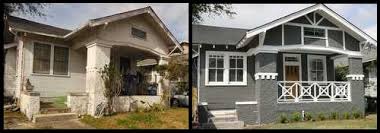 The resurging real estate market brings with it the real estate “flipper”. A flipper is a person or entity that purchases property with the goal of renovating it for a quick sale at a substantial profit. The flipper never intends to occupy the property in the neighborhood. Recently, the Wall Street Journal reported that luxury homes are joining more modest properties in the flip market. Even cooperative and condominium apartments can be subject to flipping.
The resurging real estate market brings with it the real estate “flipper”. A flipper is a person or entity that purchases property with the goal of renovating it for a quick sale at a substantial profit. The flipper never intends to occupy the property in the neighborhood. Recently, the Wall Street Journal reported that luxury homes are joining more modest properties in the flip market. Even cooperative and condominium apartments can be subject to flipping.
In a market-oriented society such as ours, one could argue that it is one’s own business as to how one invests and that properties can be purchased and sold despite one’s intent. However, others may argue that it is unseemly for opportunists to purchase properties merely with the intent to harvest a profit. The following are examples of how this plays out. A lender takes back a house in disrepair through the foreclosure process. Prior to the foreclosure, which took years, the house fell into significant disrepair and was unsightly to neighbors. Perhaps hazardous conditions developed from a dismantled oil tank and the removal of copper materials from the home. The foreclosed eyesore potentially reduces the property values of the surrounding neighbors. In this scenario, anyone who eventually purchases the house from the foreclosing lender and rehabilitates it into a habitable and cosmetically pleasing condition should be appreciated. Since the flipper’s goal is to sell to a person who will occupy the home, the flipper is this instance is beneficial to the neighborhood. Ultimately, there will be an occupant who becomes a neighbor contributing to the community.
Flipping takes on a different complexion in a cooperative building. It is not unusual for cooperative apartment corporations to charge a “flip tax” upon the sale of a unit. While flip taxes are typically charged on all sales, the philosophy behind them is to discourage short term ownership merely intended to raise a profit and to move funds back to the cooperative community upon sale in a means to benefit the entire cooperative “neighborhood”. Flip taxes are calculated in several ways, such as by a certain dollar amount per share. If one owns 200 shares and the flip tax is $5 per share, then the flip tax collected would be $1,000. Some buildings calculate the flip tax as a percentage of the sale price. If the sale price is $400,000 and the flip tax is at 1%, then the flip tax charged would be $4,000. Flip taxes may also be calculated as a percentage of the net profit, such as sale price minus original purchase price, less sale expenses such as brokerage commissions and transfer taxes. Flip taxes are to be enacted in accordance with the building’s governing documents, giving particular attention to whether the Board or all shareholders must vote on their enactment and the percentage approval vote required. Since most units within a building are similar and the state of repair is not apparent from the hallway or outside the building, flipping a unit is not necessarily beneficial to the rest of the building unless a flip tax is charged to the seller.
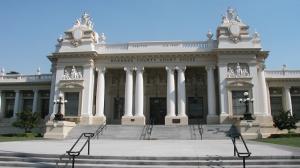 Our firm handles many cases in which the client is being sued for foreclosure of their property. In general, a foreclosure lawsuit involves a mortgage loan which has been recorded as a lien against real property, such as a house or condominium unit. Please note that cooperative apartments involve ownership of shares in the cooperative corporation, and therefore are not subject to the judicial foreclosure process.
Our firm handles many cases in which the client is being sued for foreclosure of their property. In general, a foreclosure lawsuit involves a mortgage loan which has been recorded as a lien against real property, such as a house or condominium unit. Please note that cooperative apartments involve ownership of shares in the cooperative corporation, and therefore are not subject to the judicial foreclosure process.  New York Real Estate Lawyers Blog
New York Real Estate Lawyers Blog


 Even Halloween gives rise to legal issues that may pertain to our blog readers. This blog post will address haunted houses, zombie houses, ghosts and other scary situations from a legal perspective.
Even Halloween gives rise to legal issues that may pertain to our blog readers. This blog post will address haunted houses, zombie houses, ghosts and other scary situations from a legal perspective. Recently in the news is the rather
Recently in the news is the rather 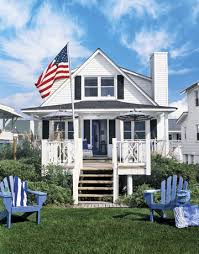 Memorial Day weekend is eagerly anticipated by many of our readers, especially this year after the harsh winter that we endured. Fortunate travelers expect to enjoy their vacation homes this weekend. As you head out for the weekend,
Memorial Day weekend is eagerly anticipated by many of our readers, especially this year after the harsh winter that we endured. Fortunate travelers expect to enjoy their vacation homes this weekend. As you head out for the weekend, 
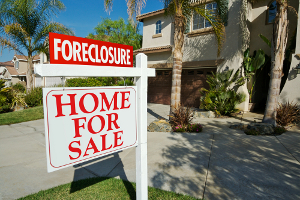 A
A 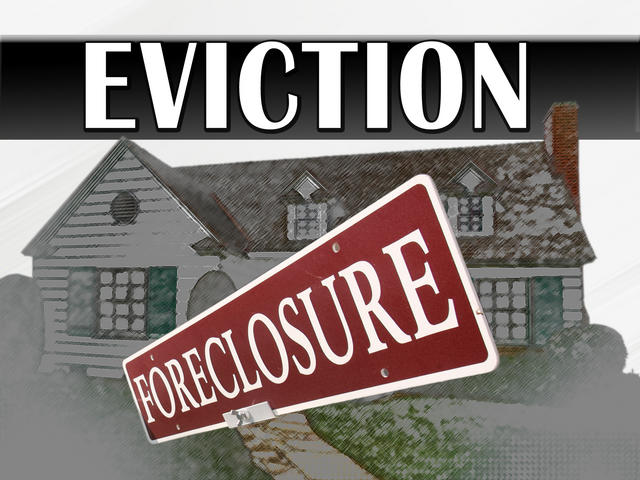 Some of our
Some of our 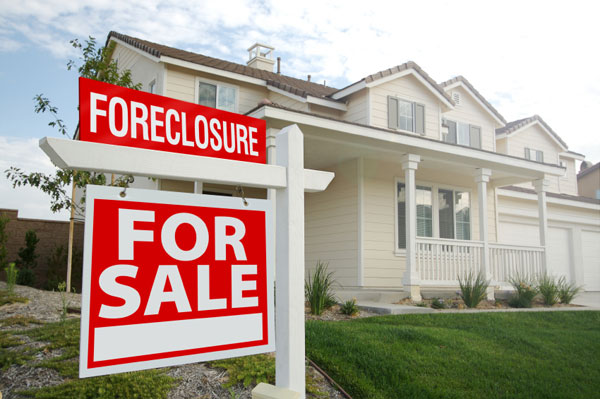 Some of our firm’s clients are in the business of purchasing notes and mortgages encumbering properties which are being foreclosed. This blog post will discuss the legal necessities behind such transactions. Careful planning, as well as consultation with legal counsel, can ensure that such acquisitions comply with all legal requirements and ensure that the purchaser obtains marketable title so that properties so acquired can be resold expeditiously if desired.
Some of our firm’s clients are in the business of purchasing notes and mortgages encumbering properties which are being foreclosed. This blog post will discuss the legal necessities behind such transactions. Careful planning, as well as consultation with legal counsel, can ensure that such acquisitions comply with all legal requirements and ensure that the purchaser obtains marketable title so that properties so acquired can be resold expeditiously if desired. 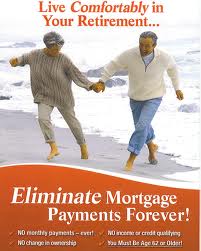 Many of us have seen the slick advertisements on television for reverse mortgages. An actor who is popular with our seniors will advocate the advertiser’s reverse mortgage program as a way to tap home equity and enjoy the “good life”, the long awaited vacation or purchase of a new car or boat. However, the reality of reverse mortgages can be quite contrary to these advertisements.
Many of us have seen the slick advertisements on television for reverse mortgages. An actor who is popular with our seniors will advocate the advertiser’s reverse mortgage program as a way to tap home equity and enjoy the “good life”, the long awaited vacation or purchase of a new car or boat. However, the reality of reverse mortgages can be quite contrary to these advertisements. The resurging real estate market brings with it the real estate “flipper”. A flipper is a person or entity that purchases property with the goal of renovating it for a quick sale at a substantial profit. The flipper never intends to occupy the property in the neighborhood. Recently,
The resurging real estate market brings with it the real estate “flipper”. A flipper is a person or entity that purchases property with the goal of renovating it for a quick sale at a substantial profit. The flipper never intends to occupy the property in the neighborhood. Recently,